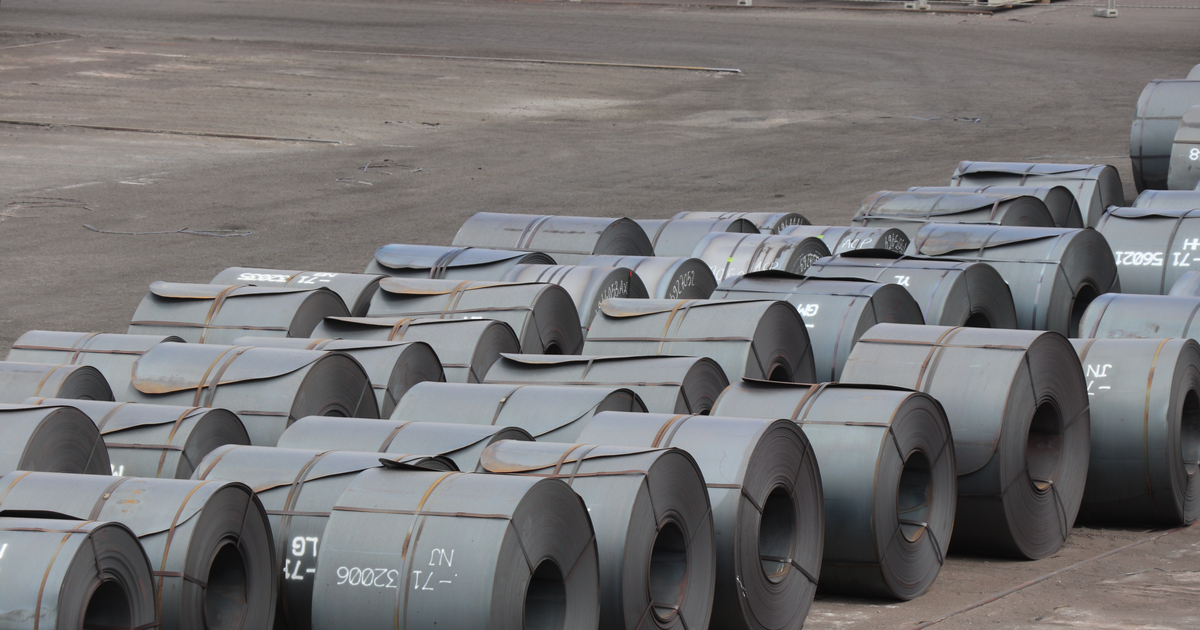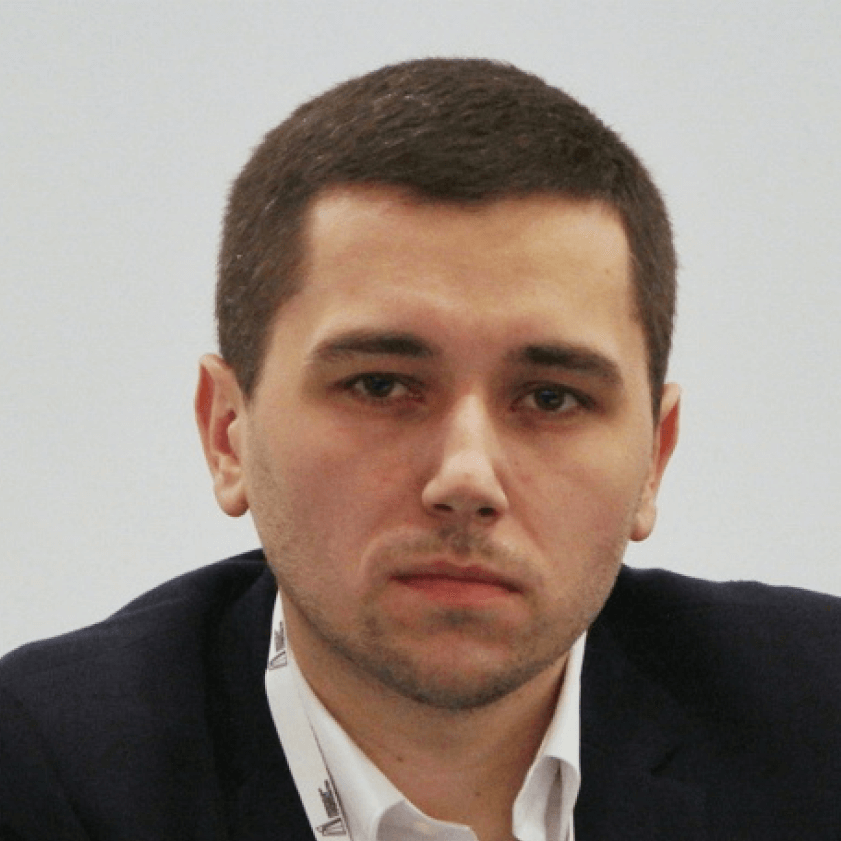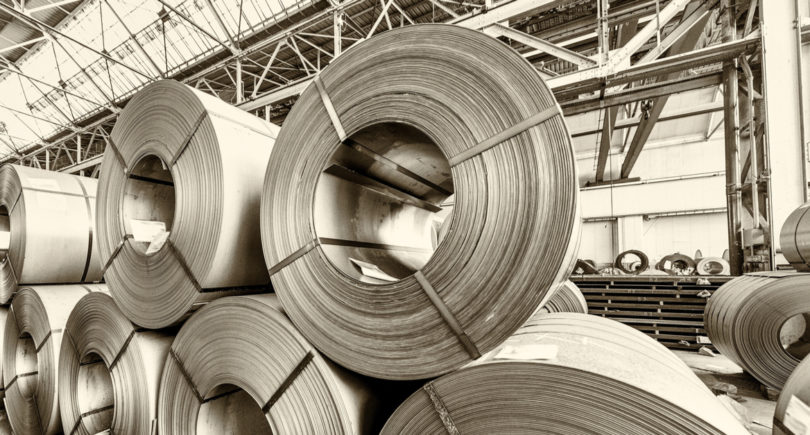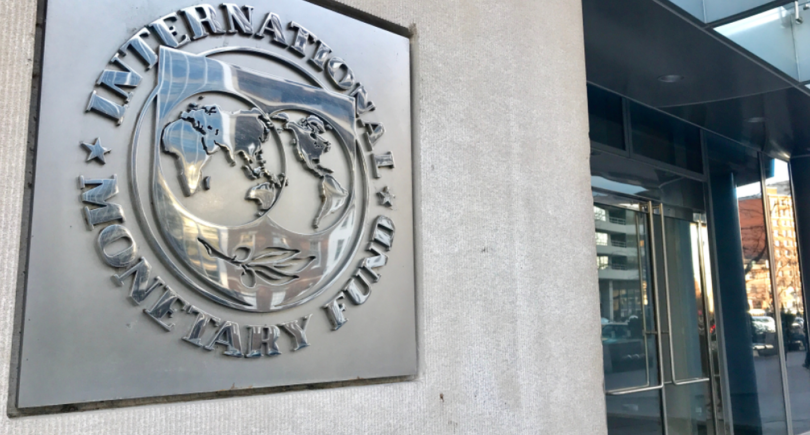
News Global Market anti-dumping measures 1557 26 July 2024
Chinese products can enter the EU market as re-exports from countries that supply HRC to the block under the quota of «other countries»
The European Commission (EC) may soon initiate an anti-dumping investigation against some exporting countries that supply hot rolled coils (HRC) to the EU under the quota of “other countries”. ArgusMedia reports this with reference to numerous market sources.
The quota for “other countries” has been filling up quite quickly in recent quarters after it was updated, and this pressure has increased significantly following the growth of Chinese exports since August 2023. Some key exporting countries from this quota sharply increased their steel imports from China in the first half of this year, in particular Vietnam, to more than 4.2 million tons compared to 6 million tons in 2023.
The takeover of global steel markets by Chinese products has already sparked talk of anti-dumping investigations, with India and Vietnam planning to take such action.
“The influx of cheap imports is the main problem for the EU steel market today. In early July, there were expectations of rising prices in the European market amid unattractive imports. But now imports have fallen in price by €15-30, and the import discount has widened to €60, which again creates the preconditions for an influx of imports in Q3. In such conditions, we are not talking about price growth in the local market. It is likely that imported producers will put pressure on raw material prices, which will lead to a so-called spiral with a further drop in steel prices,” comments Andriy Tarasenko, Chief Analyst at GMK Center.
Sources suggest that the duties may be applied retroactively if the commission finds that the products were dumped. “This could significantly reduce interest in Asian products, as it creates risks that cannot be assessed at this time.”
The recently introduced 15% restriction on countries falling under the “other countries” quota was a hint from the European Commission about the increase in Chinese exports affecting trade flows. Vietnam, Egypt, Japan, and Taiwan, which are the largest exporters in the quota, quickly exceeded the limits again when the new quota period began on July 1.
“This quarter, the introduction of the so-called 15% caps did not help the EU flat products market, as in the first few days, shipments from 4 Asian countries significantly exceeded their 15% quota within the quota of other countries. Imports in the first days immediately amounted to 822 thousand tons, compared to 940 thousand tons of the quarterly quota. This happened because traders had contracted these volumes long before the changes to the quota system and were unable to react accordingly. The same should be said about supplies from other countries – there are still 358 thousand tons of unused quota volumes from other countries. As of the end of July, traders had not found other sources of HRC supplies, as it takes at least two months from order to actual delivery. So there is plenty of time for further growth in HRC imports until October. Therefore, it is quite understandable that European regulators are developing other ways to protect the market,” added Andriy Tarasenko.
In June this year, the EU officially extended safeguard measures on steel imports for another two years, until June 2026. The European Commission has published the relevant implementing regulation. The European Steel Association (EUROFER) welcomed this step by the EU. However, the industry association believes that a long-term solution to the problem of global overcapacity is needed.




